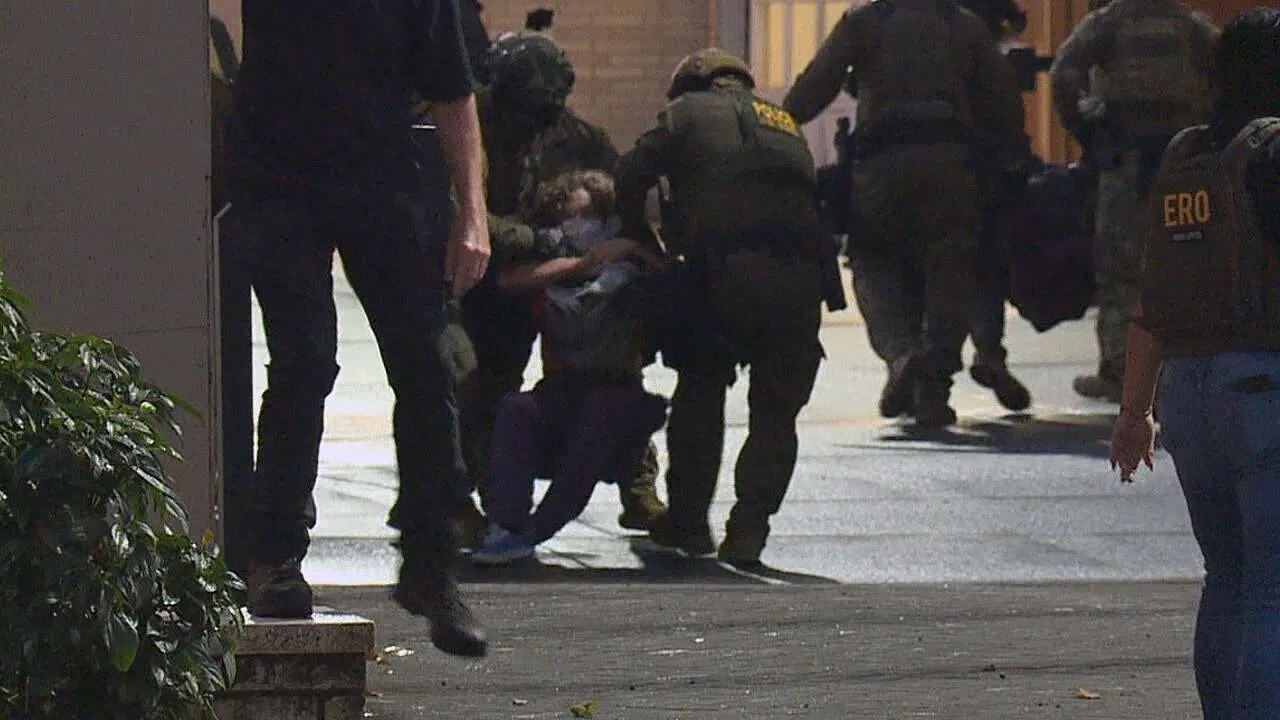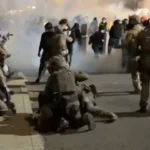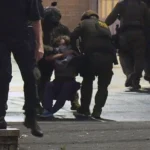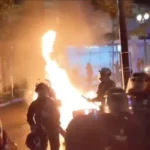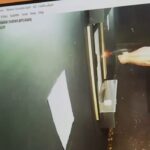PORTLAND, Ore. (KATU) — Federal prosecutors say at least 28 people have been charged with crimes committed during protests at the U.S. Immigration and Customs Enforcement (ICE) building in South Portland since mid-June. The announcement underscores the ongoing tension surrounding the facility, which has been at the center of nightly demonstrations for months.
Federal Charges Filed
According to the U.S. Attorney’s Office, charges range from assaulting federal officers to failure to comply with lawful orders and depredation of government property. Officials confirmed that federal agents made six arrests during protests on Tuesday night alone.
Videos recorded at the facility that evening showed officers pushing people out of the ICE driveway before detaining at least two individuals. Federal officials say the charges reflect a pattern of escalating behavior during nighttime demonstrations.
Also Read
Protesters Condemn Violence
While the Department of Justice emphasizes the criminal activity, some protesters insist that violence does not reflect the broader movement. On Thursday afternoon, KATU spoke with demonstrators outside the ICE facility, including military veterans, who stressed their commitment to nonviolent protest.
Norman Sowards, a veteran, urged demonstrators to model themselves after civil rights leaders.
“Be more like MLK — peaceful, non-aggression is how we get things done here,” Sowards said. “I’m protesting because Trump is sending the National Guard to police cities when they’re only trained one weekend a month and two weeks a year. When I was in Iraq, we worried the National Guard might shoot us because they weren’t trained well enough.”
Amanda Cochran, also a veteran, echoed those concerns.
“I don’t really like to see spray paint or broken windows. I don’t think that really helps our cause,” Cochran explained. “I felt the need to go out there and lend my voice as a veteran to say I don’t agree with this. I don’t want to see my country become a militarized state. This isn’t a war zone, and it’s not appropriate to be sending troops in.”
Nighttime Escalations
Demonstrators and observers note that the atmosphere outside the ICE building changes significantly after dark.
Jack Dickinson, a protester active since February, said larger crowds often gather at night.
“The reason it transitions into more people during the night is largely because that’s when people are off work,” Dickinson said.
Others, including Cochran, believe darkness emboldens some individuals to escalate tactics.
“I think you get a lot more people who are out of work, and it’s a little easier to hide yourself and escalate things when the sun goes down,” she said.
Conflicting Images of Protest
Footage from the protests highlights the contrast between daytime and nighttime activity. One video from June shows a man standing outside the ICE facility before being struck from behind by what appear to be federal officers. Such moments have fueled debate over the conduct of both protesters and law enforcement.
Daytime demonstrations, however, often present a calmer picture, with fewer confrontations and more visible messaging about immigration policy and federal intervention.
Broader Context
The clashes at the Portland ICE facility are part of a wider debate over the Trump administration’s decision to send National Guard troops to cities where demonstrations have persisted. Supporters argue the troops are necessary to protect federal property and personnel. Critics, including many local officials and veterans who have joined the protests, warn the move risks escalating tension in a community that is not a battlefield.
The Department of Justice maintains that arrests and charges are focused on unlawful conduct, not peaceful demonstration. Still, the divide remains sharp between those who see federal enforcement as necessary and those who believe it undermines the right to protest.
Looking Ahead
With nearly 30 people already facing federal charges, Portland’s protests show no sign of slowing. Federal authorities continue to emphasize accountability, while demonstrators push back against what they view as an over-militarized response to dissent.
For protesters like Sowards and Cochran, the message is clear: they want to distance their movement from vandalism and violence, while pressing for immigration reform and opposing federal troop deployment. But as nighttime protests continue to draw larger, more volatile crowds, the line between peaceful protest and federal crackdown remains increasingly blurred.

